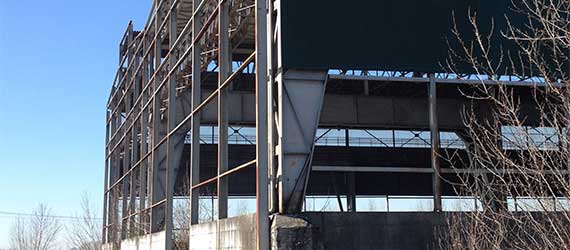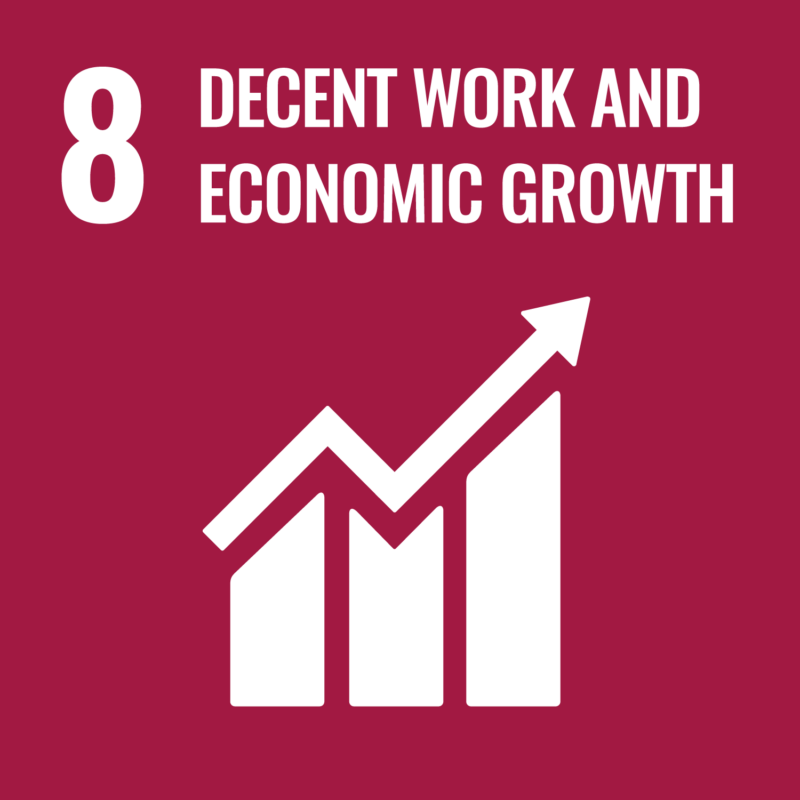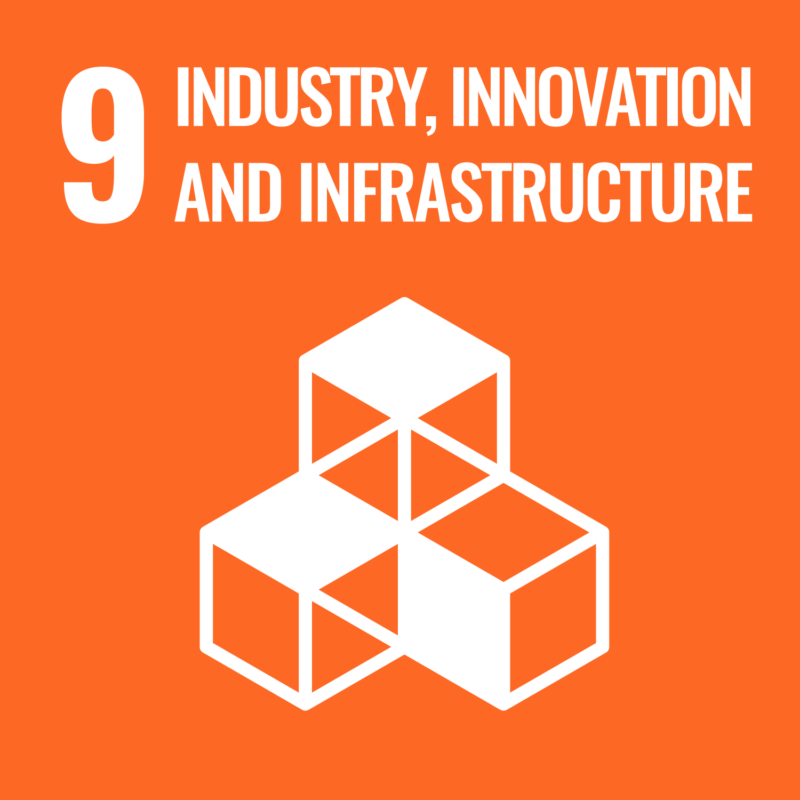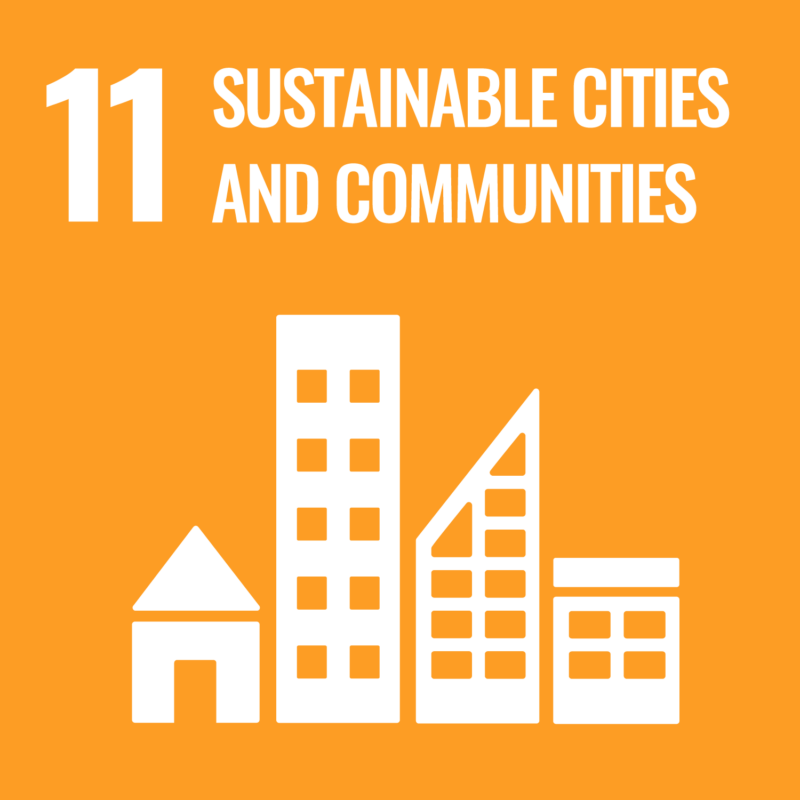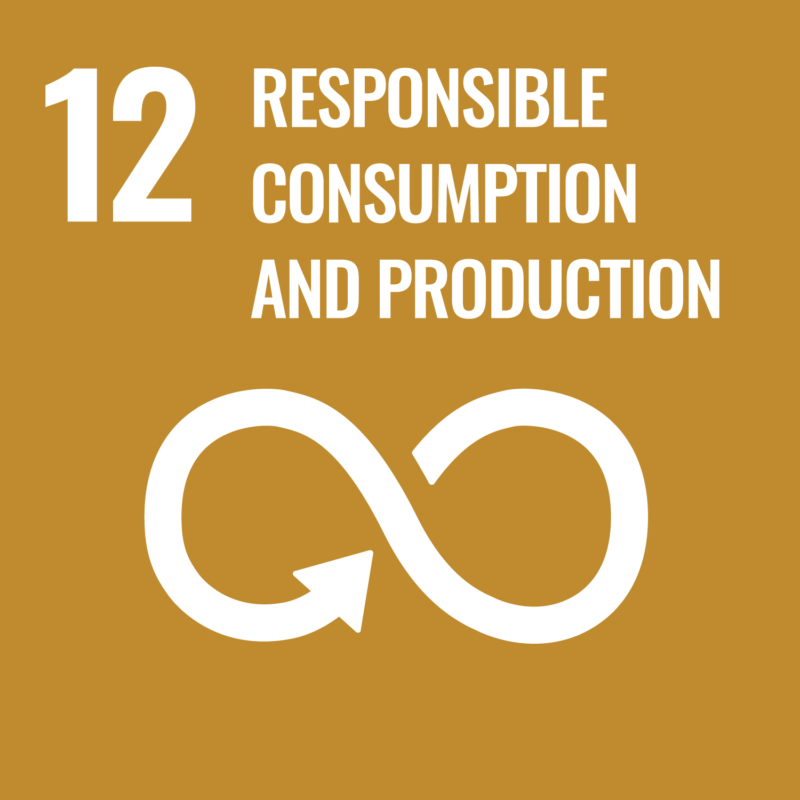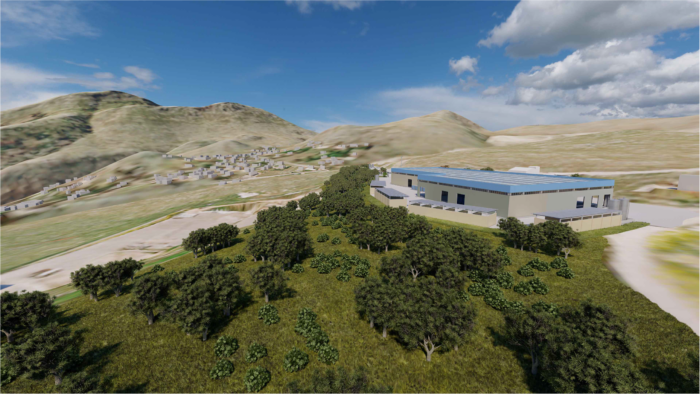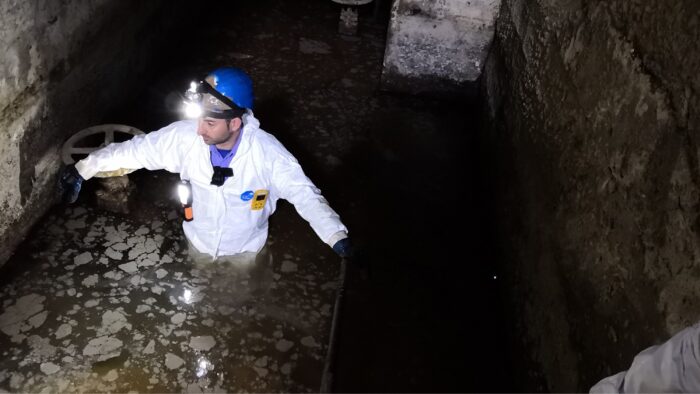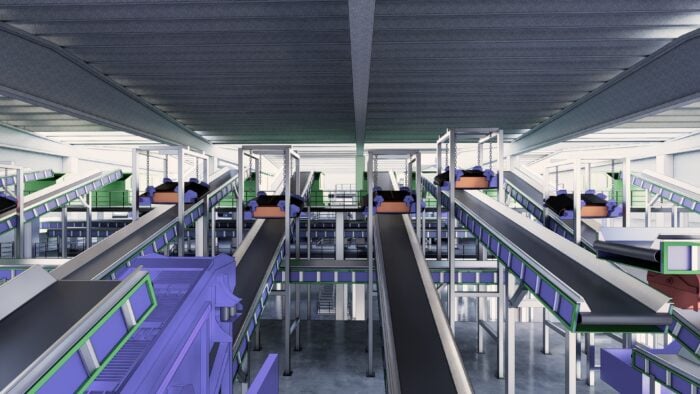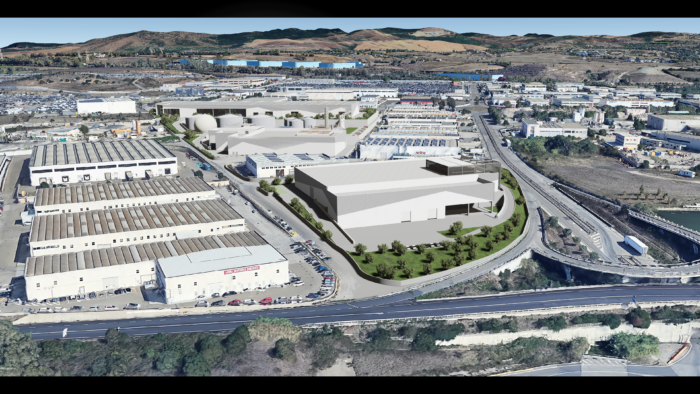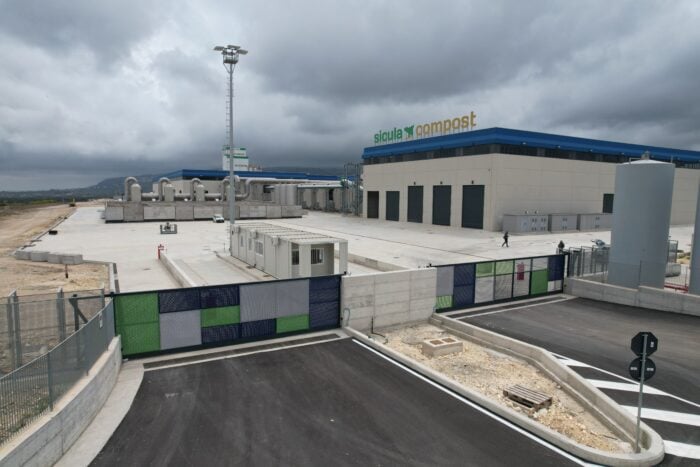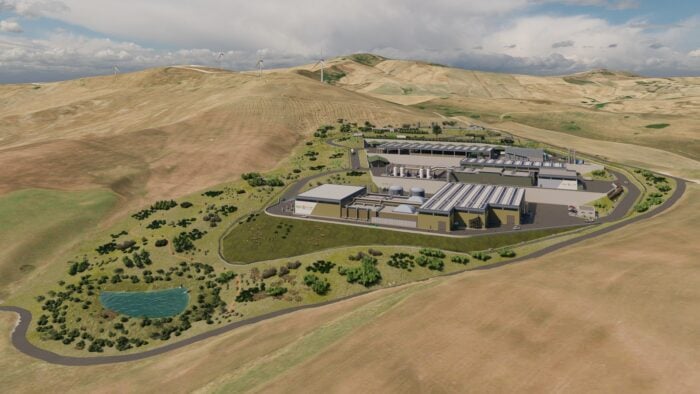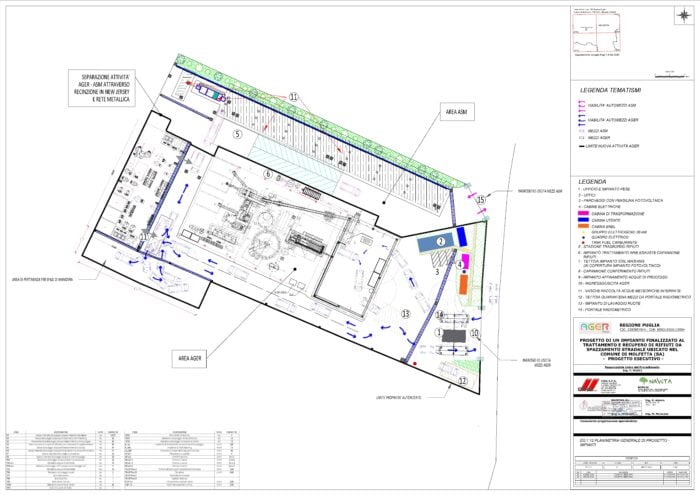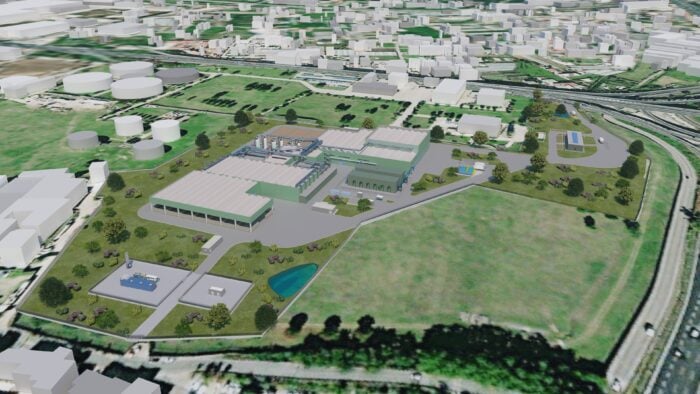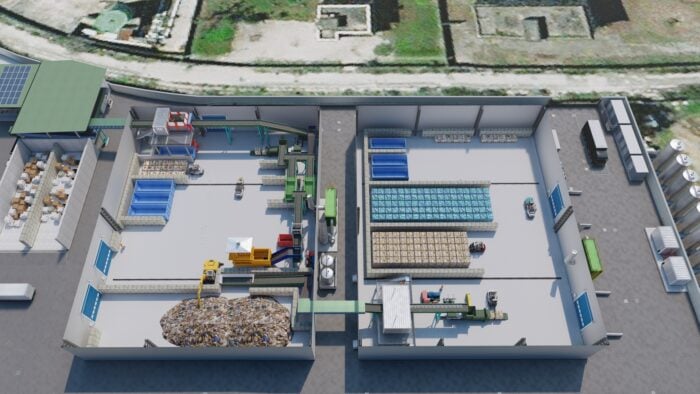Ensure inclusive and equitable quality education and promote lifelong learning opportunities for all
The proposed solution provides the conversion of a disused industrial site, a former steelworks plant that becomes a multifunctional platform for the community, paying attention to social issues, such as electricity production from renewables resources.
One of the principal advantages of this site is the internal railway junction which offers a
logistic alternative for road transport resulting in other benefits. Other advantages could
be achieved if cross-border transportation would be implemented, obtaining useful and
strategic industrial operations.
The project consists in the construction of two treatment lines for the separate collected
dry waste to produce the RDF in the already existing building. Furthermore, a section for
the aerobic biostabilization of organic underscreen waste coming from mechanical sorting
of mixed urban waste will be built. In prospect of a future increase in separate collection
of urban waste, a section for anaerobic digestion is planned too; the produced biogas
will be exploited for cogeneration (combined production of heat and electricity) using
endothermic engines. The project also consists of a biomass power plant for woodchips
treatment. Therefore, the factory represents a stand-alone platform while social targets
such as reducing the treatment costs of community waste and reducing the emission of
gree house gases will be achieved.
Considering the goals of the project and the existing buildings on the site, the construction
of internal laboratories for the factory management is planned, as well as the creation of
a learning and development centre to provide training courses and applied research in
cooperation with universities.


